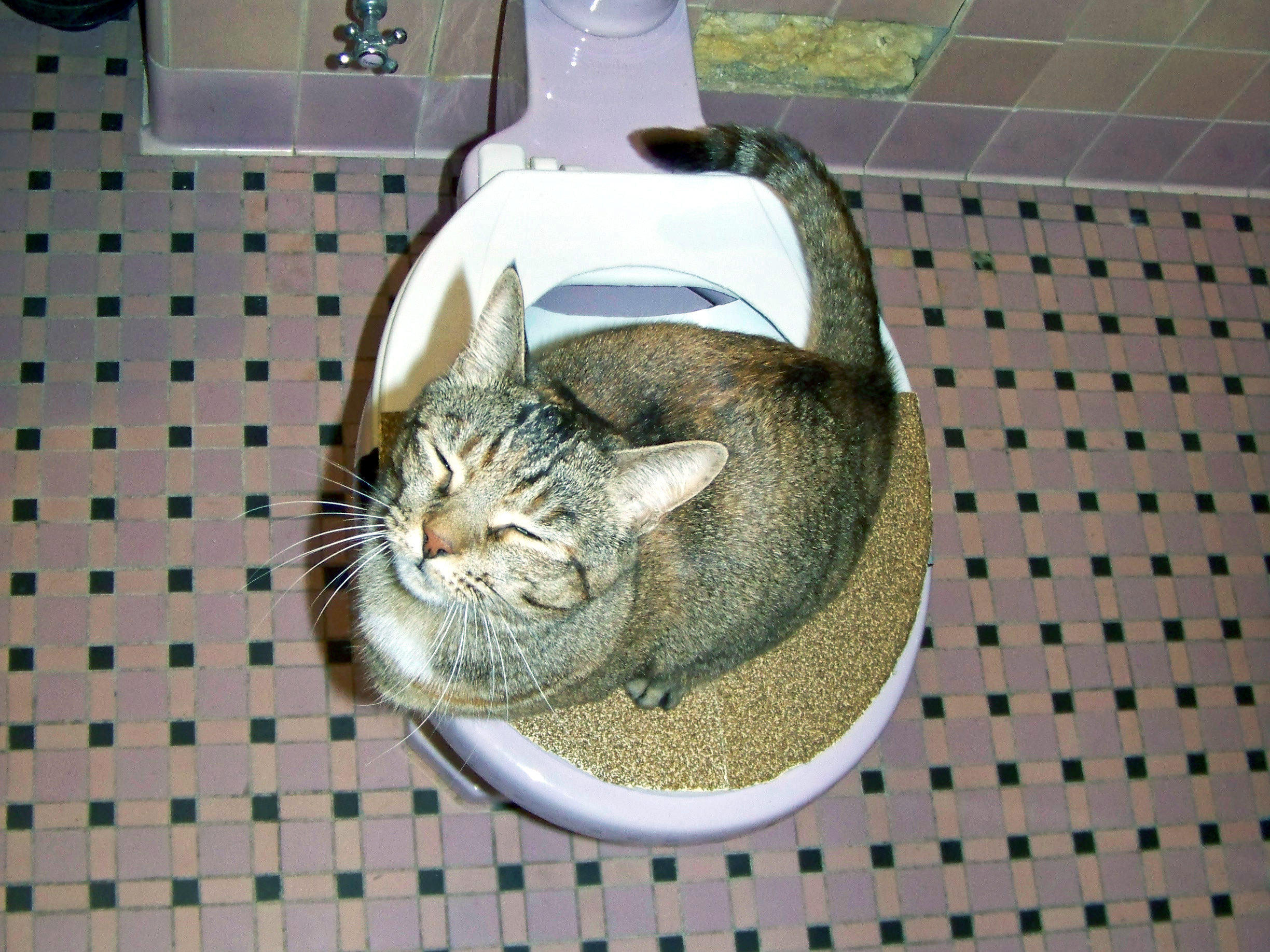Avoid Plumbing Problems: Don't Flush Cat Poop Down Your Toilet - Professional Guidance
Avoid Plumbing Problems: Don't Flush Cat Poop Down Your Toilet - Professional Guidance
Blog Article
Just about every person seems to have their own unique idea in relation to Don’t flush cat feces down the toilet.

Intro
As cat proprietors, it's important to be mindful of just how we deal with our feline friends' waste. While it may appear practical to purge cat poop down the bathroom, this technique can have harmful repercussions for both the atmosphere and human health and wellness.
Alternatives to Flushing
Luckily, there are safer and much more liable means to dispose of pet cat poop. Take into consideration the complying with options:
1. Scoop and Dispose in Trash
One of the most typical method of getting rid of cat poop is to scoop it right into a biodegradable bag and toss it in the garbage. Make sure to make use of a dedicated litter scoop and take care of the waste promptly.
2. Use Biodegradable Litter
Choose naturally degradable cat litter made from materials such as corn or wheat. These trashes are environmentally friendly and can be securely thrown away in the trash.
3. Hide in the Yard
If you have a lawn, consider burying feline waste in a designated area away from veggie gardens and water sources. Be sure to dig deep enough to prevent contamination of groundwater.
4. Set Up a Pet Waste Disposal System
Invest in a family pet garbage disposal system specifically designed for pet cat waste. These systems make use of enzymes to break down the waste, decreasing smell and environmental impact.
Health Risks
Along with ecological problems, purging pet cat waste can likewise position health threats to people. Pet cat feces might consist of Toxoplasma gondii, a bloodsucker that can cause toxoplasmosis-- a potentially extreme disease, especially for pregnant females and people with damaged body immune systems.
Environmental Impact
Flushing feline poop presents unsafe pathogens and bloodsuckers right into the water, posing a substantial threat to water ecological communities. These pollutants can negatively impact aquatic life and concession water quality.
Final thought
Responsible pet dog possession extends beyond providing food and sanctuary-- it likewise involves correct waste administration. By avoiding flushing feline poop down the bathroom and selecting different disposal methods, we can minimize our environmental impact and protect human health.
Why Can’t I Flush Cat Poop?
It Spreads a Parasite
Cats are frequently infected with a parasite called toxoplasma gondii. The parasite causes an infection called toxoplasmosis. It is usually harmless to cats. The parasite only uses cat poop as a host for its eggs. Otherwise, the cat’s immune system usually keeps the infection at low enough levels to maintain its own health. But it does not stop the develop of eggs. These eggs are tiny and surprisingly tough. They may survive for a year before they begin to grow. But that’s the problem.
Our wastewater system is not designed to deal with toxoplasmosis eggs. Instead, most eggs will flush from your toilet into sewers and wastewater management plants. After the sewage is treated for many other harmful things in it, it is typically released into local rivers, lakes, or oceans. Here, the toxoplasmosis eggs can find new hosts, including starfish, crabs, otters, and many other wildlife. For many, this is a significant risk to their health. Toxoplasmosis can also end up infecting water sources that are important for agriculture, which means our deer, pigs, and sheep can get infected too.
Is There Risk to Humans?
There can be a risk to human life from flushing cat poop down the toilet. If you do so, the parasites from your cat’s poop can end up in shellfish, game animals, or livestock. If this meat is then served raw or undercooked, the people who eat it can get sick.
In fact, according to the CDC, 40 million people in the United States are infected with toxoplasma gondii. They get it from exposure to infected seafood, or from some kind of cat poop contamination, like drinking from a stream that is contaminated or touching anything that has come into contact with cat poop. That includes just cleaning a cat litter box.
Most people who get infected with these parasites will not develop any symptoms. However, for pregnant women or for those with compromised immune systems, the parasite can cause severe health problems.
How to Handle Cat Poop
The best way to handle cat poop is actually to clean the box more often. The eggs that the parasite sheds will not become active until one to five days after the cat poops. That means that if you clean daily, you’re much less likely to come into direct contact with infectious eggs.
That said, always dispose of cat poop in the garbage and not down the toilet. Wash your hands before and after you clean the litter box, and bring the bag of poop right outside to your garbage bins.
https://trenchlesssolutionsusa.com/why-cant-i-flush-cat-poop/

Do you enjoy more info about Can You Flush Cat Poop Down The Toilet?? Post feedback directly below. We'd be delighted to hear your suggestions about this article. In hopes to see you back again later on. Make sure you take a moment to distribute this entry if you enjoyed it. Thanks a lot for your time spent reading it.
Book An Estimate Now Report this page